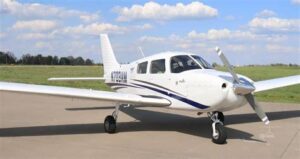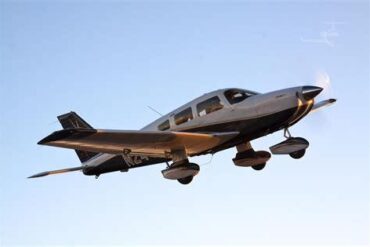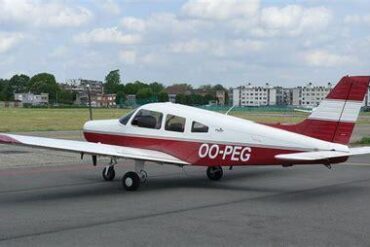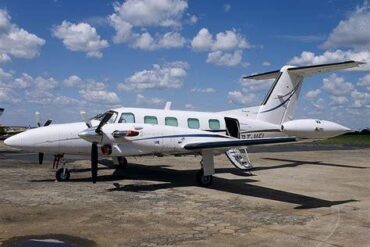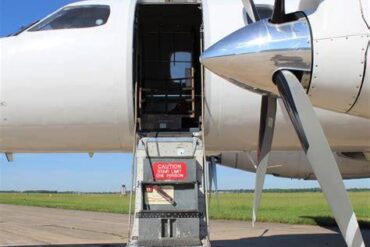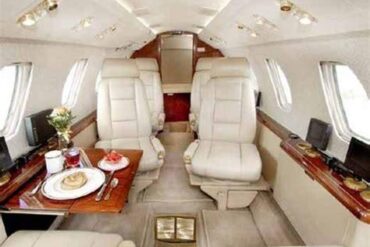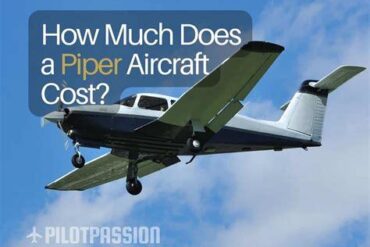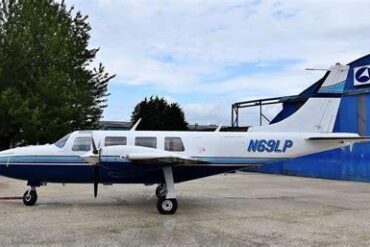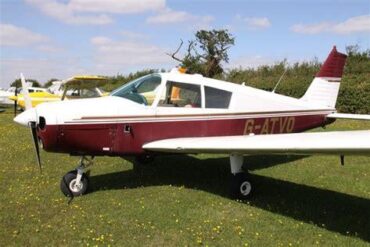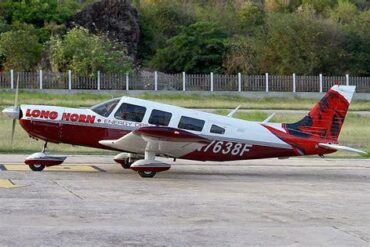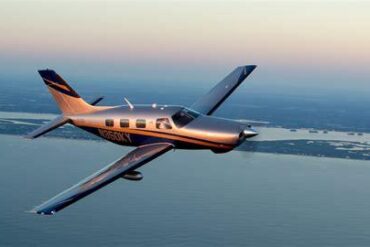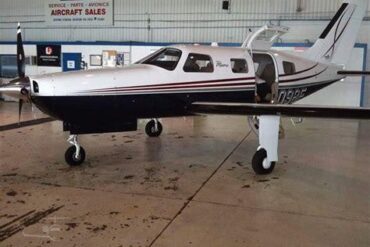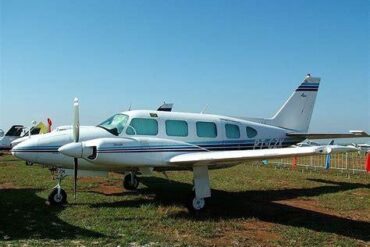The Piper Archer III is a popular and reliable aircraft that has become a staple in the general aviation community. Known for its ease of handling, durability, and cost-effectiveness, the Archer III appeals to flight schools, private owners, and aviation enthusiasts alike. In this article, we will explore the price and operating costs associated with owning and operating a Piper Archer III. We will provide a detailed breakdown of purchase costs, maintenance, fuel expenses, insurance, and other related expenses, offering a comprehensive overview for potential buyers and operators.
Introduction to the Piper Archer III
The Piper Archer III, a member of the Cherokee family of aircraft, is a four-seat, single-engine, low-wing airplane that has been in production since the 1970s. The Archer III is renowned for its stability and predictable handling characteristics, making it an ideal choice for both novice and experienced pilots. It is powered by a Lycoming O-360-A4M engine that produces 180 horsepower, allowing for a cruise speed of approximately 125 knots and a range of about 600 nautical miles.
Purchase Price of the Piper Archer III
The initial purchase price of a Piper Archer III can vary depending on several factors, including the year of manufacture, total time on the airframe and engine, avionics installed, and overall condition of the aircraft. As of 2024, the price for a used Piper Archer III typically ranges from $180,000 to $350,000. Newer models with modern avionics and lower flight hours command higher prices, while older models or those with higher hours may be available at the lower end of the spectrum.
Factors Affecting the Purchase Price
-
Year of Manufacture: Newer models tend to have higher prices due to updated technology, improved materials, and enhanced safety features.
-
Airframe and Engine Hours: Aircraft with fewer hours on the airframe and engine are generally more desirable and command higher prices.
-
Avionics: Aircraft equipped with advanced avionics systems, such as Garmin G1000 or G500 glass cockpits, will be priced higher than those with older, analog instruments.
-
Condition: The overall condition of the aircraft, including the interior, exterior, and mechanical components, plays a significant role in determining its market value.
-
Maintenance History: A well-documented maintenance history can positively impact the value, as it indicates that the aircraft has been properly cared for.
Operating Costs of the Piper Archer III
Owning and operating a Piper Archer III involves several recurring expenses. Understanding these costs is crucial for prospective owners to make informed decisions and budget effectively. The primary operating costs include fuel, maintenance, insurance, hangar fees, and miscellaneous expenses.
Fuel Costs
Fuel is one of the most significant operating expenses for any aircraft. The Piper Archer III’s Lycoming O-360-A4M engine consumes approximately 8-10 gallons per hour (GPH) of 100LL avgas. At an average price of $6.50 per gallon (as of 2024), this translates to an hourly fuel cost of approximately $52 to $65. Over a typical year, assuming 100 hours of flight time, the annual fuel cost would be in the range of $5,200 to $6,500.
Maintenance Costs
Regular maintenance is essential to ensure the safety and airworthiness of the Piper Archer III. Maintenance costs can vary based on the aircraft’s age, usage, and any unforeseen repairs. Routine annual inspections for the Piper Archer III generally cost between $1,500 and $3,000. However, additional expenses may arise from parts replacement, repairs, or compliance with Airworthiness Directives (ADs). It’s prudent to budget an additional $1,000 to $2,000 per year for unforeseen maintenance needs.
Engine Overhaul Costs
The Lycoming O-360-A4M engine has a Time Between Overhaul (TBO) of approximately 2,000 hours. An engine overhaul can be a significant expense, ranging from $20,000 to $25,000, depending on the overhaul facility and the extent of work required. Owners should consider setting aside funds for this major expense, especially if the aircraft is nearing its TBO.
Insurance Costs
Aviation insurance is another critical component of the operating costs for the Piper Archer III. Insurance premiums vary based on the pilot’s experience, location, and coverage levels. For a typical policy with $1 million in liability coverage and $100,000 in hull coverage, the annual premium can range from $1,200 to $2,000. Owners with more experience and a clean flying record may benefit from lower premiums, while less experienced pilots might face higher costs.
Hangar and Tie-Down Fees
Storing the Piper Archer III in a hangar provides protection from the elements and can reduce maintenance costs in the long run. Hangar rental fees vary widely based on location, with prices ranging from $200 to $600 per month. In areas with high demand, such as major metropolitan areas, hangar fees may be even higher. For those who opt for outdoor tie-downs, the costs are typically lower, ranging from $50 to $150 per month.
Depreciation
Depreciation is an important factor to consider when assessing the long-term cost of owning a Piper Archer III. Aircraft generally depreciate over time, although well-maintained examples can retain their value relatively well compared to other assets. The rate of depreciation can be influenced by factors such as market demand, aircraft condition, and technological advancements. On average, an aircraft like the Piper Archer III may experience an annual depreciation rate of 3% to 5%.
Miscellaneous Operating Costs
In addition to the major cost categories discussed above, several miscellaneous expenses should be considered. These may include navigation database updates (typically around $500 per year), chart subscriptions, landing fees, and any additional pilot training or recurrent training costs. It is wise to budget an extra $1,000 to $2,000 annually for these miscellaneous expenses.
Cost Analysis: Owning vs. Renting
For pilots who fly less frequently, renting an aircraft may be a more cost-effective option than ownership. Rental rates for a Piper Archer III typically range from $130 to $180 per hour (wet), depending on location and availability. For pilots who fly fewer than 50 hours per year, renting may provide access to the aircraft without the ongoing commitment of ownership expenses.
Conversely, for pilots who fly 100 hours or more per year, ownership can become more economical. By owning an aircraft, pilots can benefit from greater scheduling flexibility and the ability to customize the aircraft to their preferences. However, it is essential to carefully consider the full scope of operating costs and ensure that ownership aligns with one’s flying habits and financial situation.
Conclusion
The Piper Archer III is an excellent aircraft choice for those seeking a reliable, versatile, and relatively affordable entry into the world of aircraft ownership. While the initial purchase price and ongoing operating costs can be substantial, the rewards of owning a well-maintained Piper Archer III are significant. With proper budgeting and a clear understanding of the associated costs, owners can enjoy the many benefits of flying their aircraft while managing expenses effectively. Whether for personal use, flight training, or cross-country adventures, the Piper Archer III remains a beloved choice in the general aviation community.
